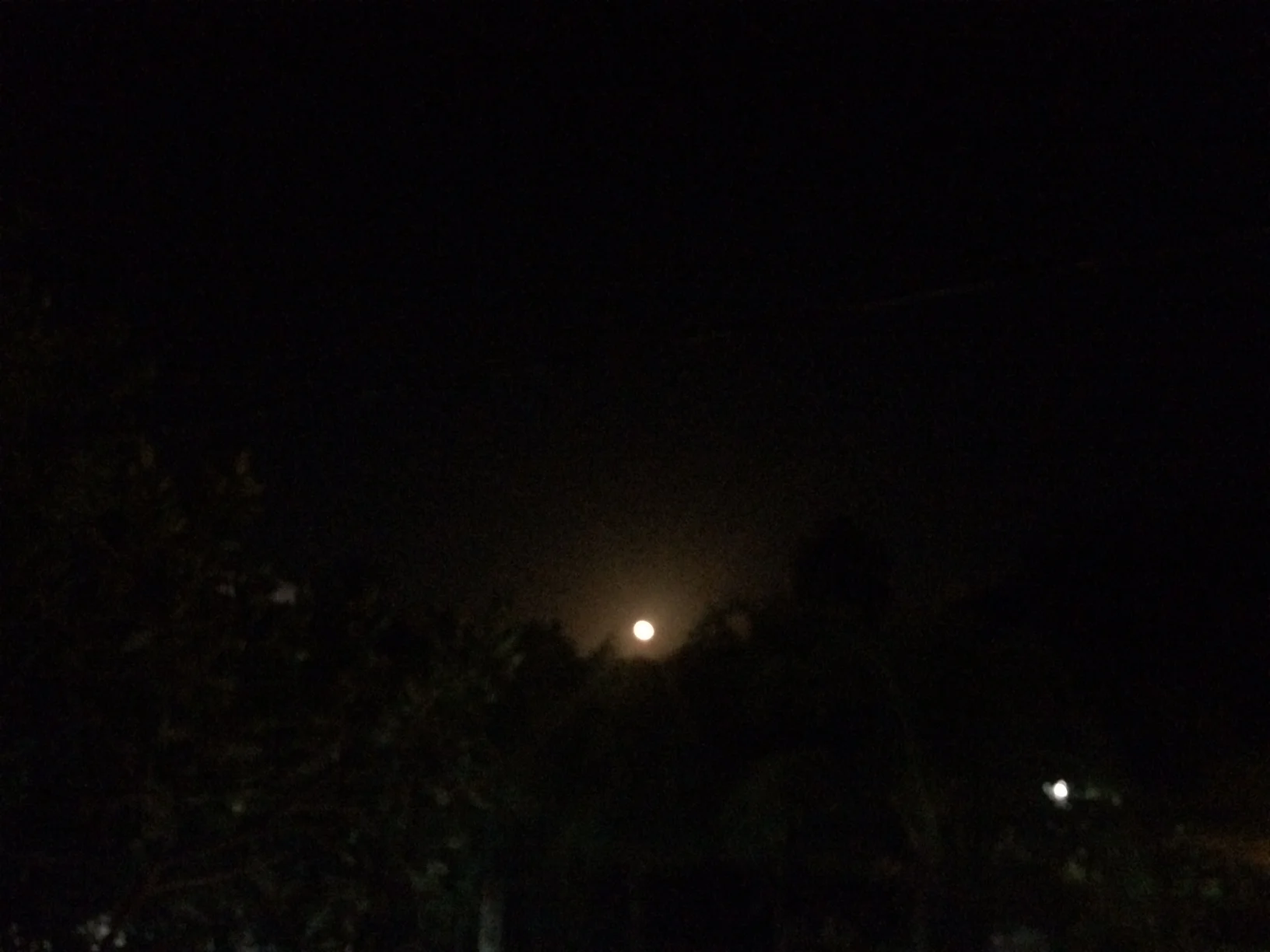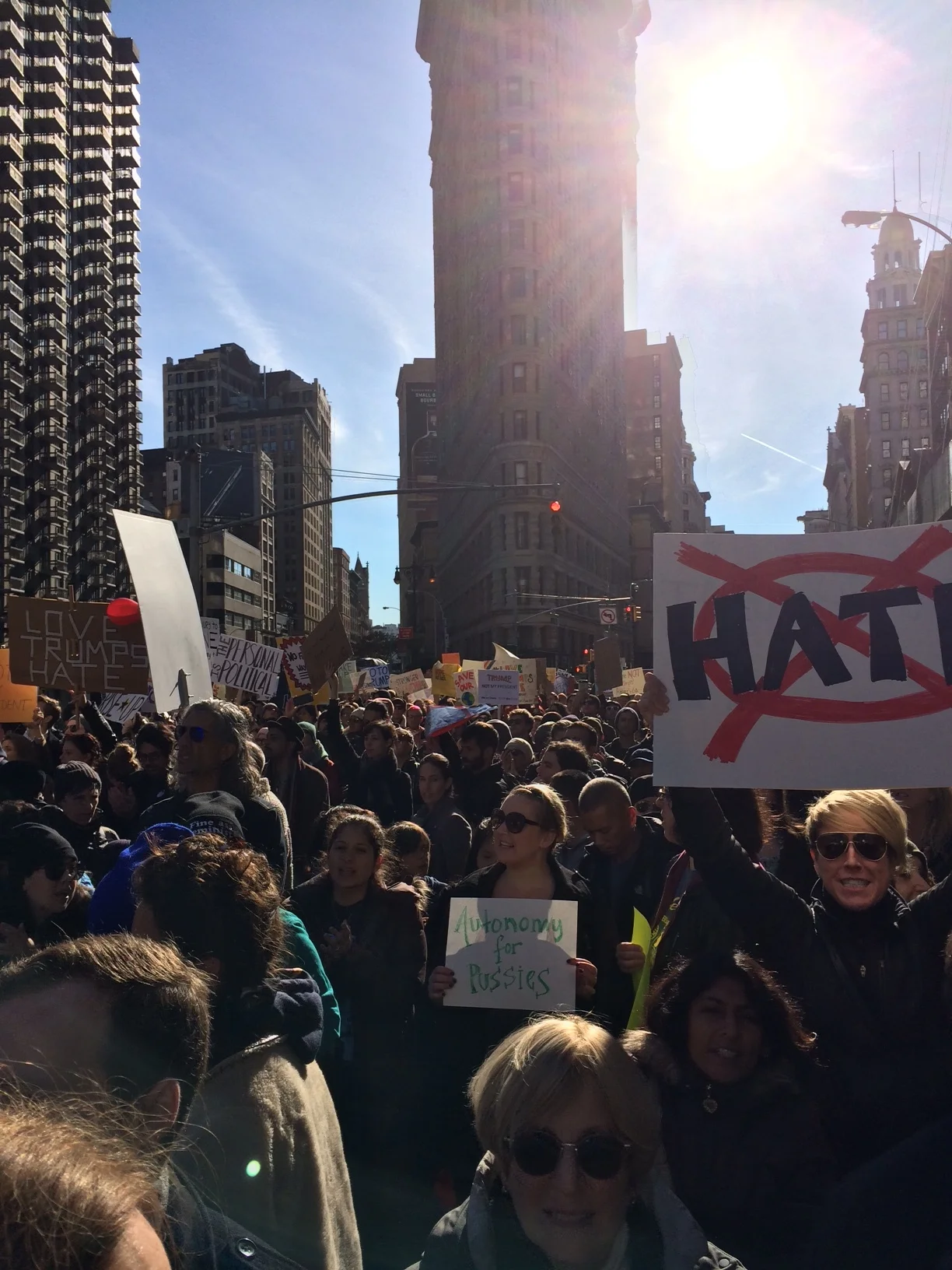I am a confirmed Rule Follower. Anyone else? My rule following self is one of the most humorless aspects of my personality. She’s no-nonsense, bossy, and easily flustered. You can find her standing off to the side with her hands on her hips and a furrowed brow while everyone else goes out and has a good time.
Your Song: a guide to nurturing self-expression
Whatever is inside of you wants to come out. Can you feel it? I promise you it’s there. Stop whatever you’re doing for a moment, and shift your attention to your body. Feel the weight of your bones, the movement of your breath, the gurgling of your digestion, your heart beating in your chest. What is in there? What wants to be expressed? A burning? A yearning? A pulsing? A swirl? A painting? A sound? A movement? A story?
How You Get What You Want
What happens in your body when you think of wanting something very badly?
Give yourself a moment to really envision something you desire, and notice any changes through your breath and muscles.
Did you observe any kind of tightening, a sense of restriction, or shortening of your breath?
Wanting begins with needing, food and sleep, and connection with other human beings for example. As babies and toddlers, on an embodied level, needing and wanting may be expressed through crying and reaching out to grasp. The baby reaches for the mother’s breast, the bottle, as a plea to be picked up and held; later on we may cling tightly to our favorite toy.
However, the ways in which we express and aim to fulfill our desires may develop inefficiently. We may learn to reach out and attempt to grasp what we want both literally and figuratively in restrictive ways, or to try and deny our desires in full. This diminishes our connection to living in the flow that leads us toward more embodied freedom and the fulfillment of our desires in the first place.
The Walking Alive
When is the last time you checked to see if you were alive? How do you even know that to be true? These may seem like silly questions, but I think many of us forget. We take our aliveness for granted, and/or traumas trapped in our nervous systems prevent parts of us from understanding that we are survivors, and are therefore living breathing beings. Unresolved fight/flight/freeze reactions may cause us to subconsciously believe we didn’t make it through whatever overwhelming experiences we’ve had. It's that feeling of walking around dulled, numb, and flat. So how can we unearth our vitality by reminding ourselves that we are alive, and bring this awareness to a conscious level?
Vulnerability & Defense
Photo by Miriam Miles on Unsplash
Let’s take a moment to thank our defenses.
Established out of necessity in response to physical, mental, emotional, and energetic boundary breaches, our defenses are what have gotten us through to this moment. They may arise as attempts to exert control over our lives when we feel unsafe, unmet, unseen, unheard, helpless and overwhelmed. We lock down, shut down, and close off when our boundaries are overridden. Another person may initiate these ruptures, for example, in obvious cases like abuse. However we may also be responsible for overriding our own boundaries, like in instances of empathic individuals who give more of their time and energy than they are able to without taking care of their own needs first.
Sometimes though, our defenses interfere with our ability to connect with those we care for and love. They may hinder us from becoming the people we wish to become, and doing the things we want to do. So what’s the alternative?
There are those who might tout radical vulnerability as the answer, total openness. And because so many of us are so closed off, this may seem like the obvious answer to move in the opposite direction. However, just as a turtle has the option to retract its head, arms, and legs into its shell, we want our systems to be able to contract and expand with manageable conscious ease. We want body-mind-selves that respond appropriately to the demands of whatever situation is at hand, wherever that lands us on the spectrum of choosing to put up our defenses or choosing to open up more.
Repairing boundary breaches and becoming conscious of our habitual defenses helps us achieve a greater sense of wholeness and agency. Somatic Experiencing guides us to detect how our boundary breaches manifest psycho-biologically, and discover our innate capacity to repair these ruptures. Alexander Technique helps us understand how our coordination may be keeping us trapped in defensive postural patterns. Excess tension can act as a suit of armor against sensing and feeling. We learn how to gently unwind these fortified patterns and experience greater safety and freedom in more open, vulnerable, embodied coordination. Both modalities cultivate a more accurate internal barometer to judge when something is an actual threat or just perceived as such.
We are filters for a vital life force moving through us, permeable beings in connection to our environments and one another. Healthy boundaries mean we are more capable of choosing who and what we allow in, and more intentional with what we share with the world.
Control & Surrender
Instead of tying up our cognitive resources consciously deciding how to tie our shoes, eat our meals, and get to work every day etc., we create habits to ensure these activities are reliably completed in order to free up space for other, potentially more fertile, thought processes. Habits satiate our desire for predictability. That which remains static is much easier to control. In a life dominated by unconscious habit, we can maintain our status quo, for better or worse, in attempts to minimize having to manage our relationships to change and unpredictability.
In the other direction, we may long to lose control as a means of disrupting this stasis, perhaps helping us to remember that we’re alive.
Three Cheers for Despair!!!
Hope is a prized value woven prominently into the fabric of America. Our culture urges us not to sit in the discomfort of despair. We insist on striving for a hopeful outlook no matter how bleak the circumstances. However, I write this in defense of despair. Allowing ourselves to be with this discomfort can act as a catalyst for change. Rather than thinking in mutually exclusive terms: hope or despair, I’d like to propose a spectrum containing both.
The Organization of Movement in Crisis
Why does it take a crisis for us to wake up? We slumber in the false security of habit and stasis, content to close our eyes to the injustices of our world as long as they do not directly affect I, Me, or Mine. But when a crisis is what we’ve got, it’s all we can do to act quickly to put out the fire, no matter the cost to our wellbeing. The thing is, adrenaline burns up just as fast as the fire is extinguished. So if we’re dealing with long-term systemic crises, it’s absolutely crucial to know how to establish a well-organized framework for sustainable (M)ovement that supports us as individuals and in turn, each other.







